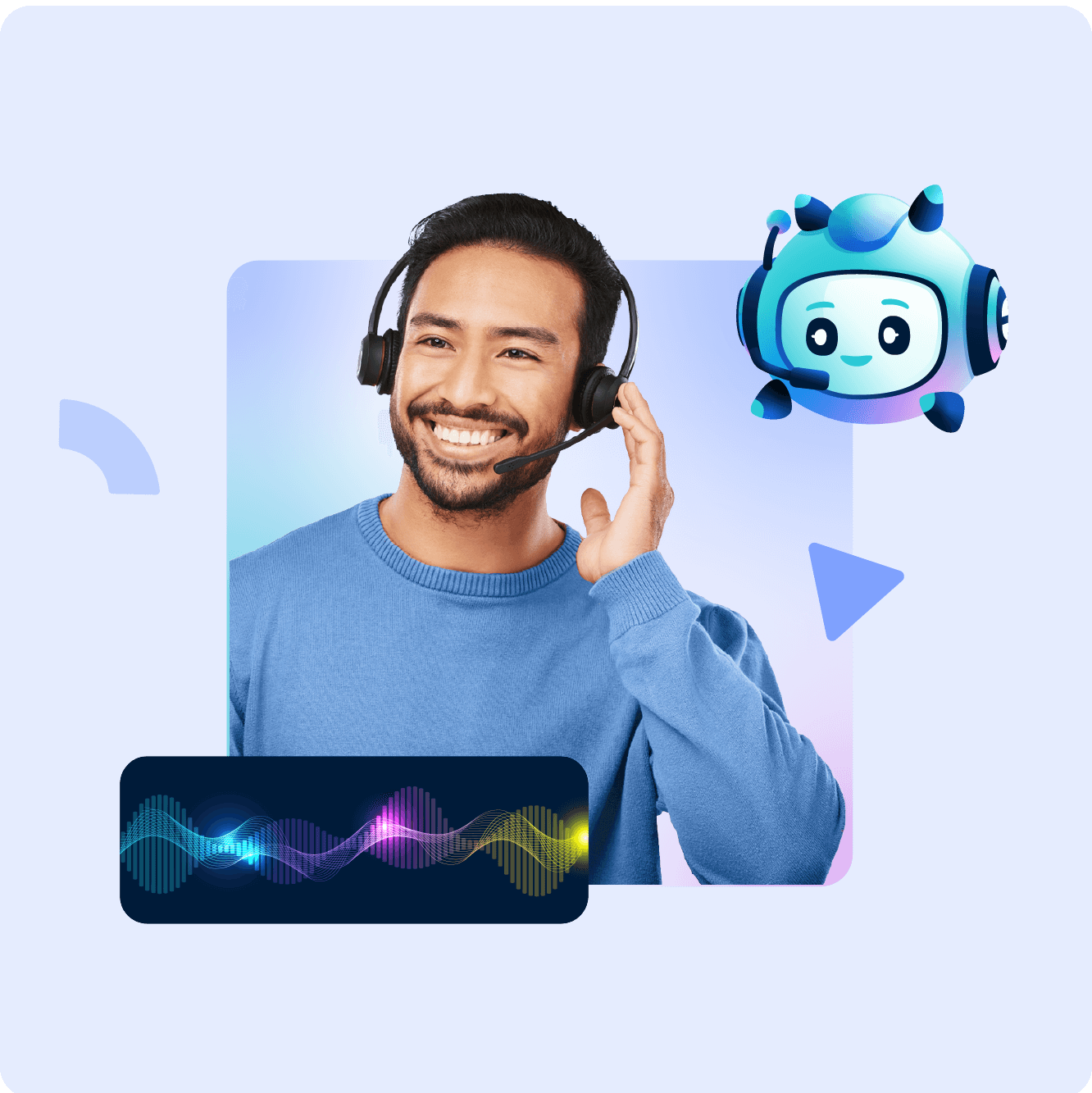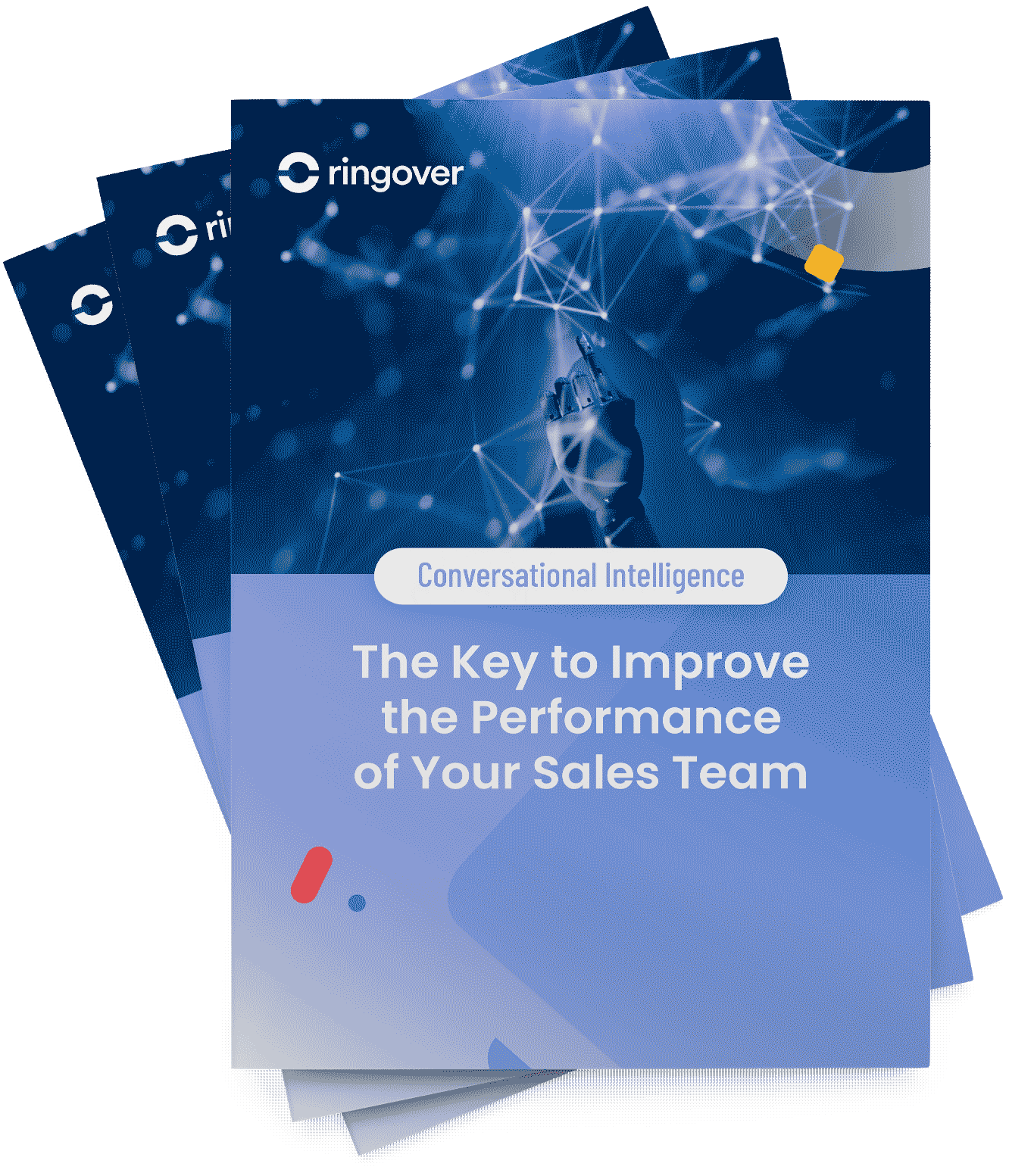Summary
Managing spikes in phone activity is a real challenge for companies. Between customer inquiries, sales calls, and internal communications, teams can quickly become overwhelmed.
This is where AI phone systems come into play. These solutions are reinventing how businesses interact with their callers, gradually integrating into the daily lives of customer service professionals.
How do they work? Are they reliable? And most importantly, how can companies benefit from them in practice?
What Is an AI Phone System?
Behind this relatively new term lies a major evolution in business communication.
An AI phone system refers to a telephony solution capable of managing, routing, and analyzing calls using artificial intelligence.
Where a traditional switchboard simply transfers calls or plays a pre-recorded greeting, an AI-powered system understands natural language, interprets intent, and adapts its responses in real time.
How Does It Differ from a Traditional Phone System?
Unlike a virtual PBX, which relies solely on VoIP and the cloud to centralize call management, an AI phone system integrates advanced technologies such as Natural Language Processing (NLP) and machine learning.
In practice, this means that a customer can make a request naturally–“I'd like to change my order,” or “Can you connect me to the billing department?”--and the system will understand the intent without forcing them through the typical “Press 1, Press 2” IVR menu navigation.
This smart approach transforms telephony into a proactive and personalized communication channel.
While traditional PBX systems rely on rigid, costly physical hardware and VoIP software offer only basic call routing, AI-driven phone systems add a new layer of intelligence–enhancing efficiency, responsiveness, and the overall customer experience.
The 3 Main Advantages of an AI Phone System
Adopting an AI phone system isn't just a matter of technical modernization. It's also a powerful way to boost overall performance. Beyond ease of use, artificial intelligence fundamentally transforms how teams communicate, collaborate, and engage with customers. Let's take a closer look at its main advantages.
1. 24/7 Availability and Increased Responsiveness
One of the greatest strengths of an AI phone system is its uninterrupted availability. Unlike a human team limited by work schedules and rest periods, AI remains operational around the clock–capable of handling incoming calls 24/7 without long queues, and responding instantly to common inquiries. The goal is to ensure that customers receive immediate answers, even outside normal business hours [1].
This automation also significantly reduces the pressure on human agents, who can then focus on complex, high-value interactions [2]. Moreover, an AI phone system can handle multiple calls simultaneously–a feat that would be impossible to replicate on a large scale with a 100% human team.
2. Cost Optimization and Productivity Gains
Automating calls is also a major source of operational savings. An AI system takes care of repetitive tasks such as identifying requests, routing calls, answering FAQs, and collecting contact details. This allows human teams to focus on high-value interactions–sales, client retention, and strategic support.
As a result, businesses see reduced operating costs, particularly those related to overloaded call centers or seasonal staff training.
3. Smarter Decision-Making Through Data Analysis
The final advantage–and not a minor one–is the power of data. Each call handled by an AI phone system generates valuable information: duration, topic, tone, sentiment, resolution rate, and more. Managers can analyze this data to improve team performance and decision-making.
Conversational AI tools can even summarize and transcribe 100% of conversations, helping detect recurring sources of dissatisfaction, identify missed sales opportunities, or pinpoint top-performing agent behaviors.
This data-driven approach transforms call supervision into smart performance management, centered on continuous improvement.

How Does an AI Phone System Work in Daily Operations?
Contrary to popular belief, an AI phone system doesn't replace existing infrastructure–it enhances it. In practice, it's a traditional business phone system augmented with AI voice agents capable of interacting directly with callers, understanding their requests, and automating parts of the customer journey.
This “augmented” approach is built on a hybrid architecture: the core telephony layer (VoIP, call routing) remains intact, while an AI module, powered by NLP and Automatic Speech Recognition (ASR), connects to interpret speech and execute the right actions.
1. The IVR Becomes a Smart Entry Point
In a traditional phone system, the interactive voice response (IVR) relies on static menus: “Press 1 for sales, press 2 for support…”
With AI integration, the caller can simply say, “I want to change my order.” The AI voice agent analyzes the request, extracts the intent (to modify an order), and routes the call automatically to the right department. This makes the caller's journey smoother, eliminating the frustrations caused by endless multi-choice menus.
2. AI Voice Agents: A Natural Extension of the Phone System
AI voice agents are the true drivers of an intelligent phone system. They act like AI assistants embedded in the telephony system, capable of managing entire conversations for simple scenarios.
What sets them apart from older technologies is their ease of configuration. Previously, a technical team was required to modify scripts or dialogue flows. Today, it's possible to create and customize an AI voice agent in just a few minutes, thanks to intuitive, no-code interfaces.
Example: AIRO, the AI voice agent developed by Ringover. Once activated and integrated into the phone system, AIRO allows you to configure a voice agent without writing a single line of code. Everything is managed through a visual console offering several levels of customization:
- Voice and tone settings: Choose between male or female voices, adjust pitch, pace, and accent (US, UK, neutral, etc.) to match your brand identity or target audience.
- Knowledge base creation: Easily import your company's key information—FAQs, product sheets, internal procedures—so the agent can respond accurately and consistently, just like a trained employee.
- Business tool integration: AIRO connects to your CRM, ERP, or helpdesk tools through APIs or native connectors. It can check a client file, retrieve order statuses, or schedule meetings directly in your team's calendar.
- Conversational style adjustment: Each agent can adopt a more or less formal tone depending on the call type (customer support, sales, reception). Managers can even define variants based on time of day or entry channel.
Deploying an AIRO agent takes just a few minutes—no IT assistance required. Once configured, it becomes instantly operational, ready to handle calls autonomously or transfer them to the right contact.
AI PBX–The New Ally of Your Business Telephony
AI phone systems are no longer reserved for large enterprises. They have become practical, accessible, and strategic tools for any organization looking to streamline communication, improve responsiveness, and deliver a modern, personalized phone experience to customers.
By adding AI to your existing phone system, you gain on every front–greater availability, more relevant interactions, valuable data insights, and reduced operational costs.
More importantly, you transform your phone network into an AI-augmented customer relationship channel, where artificial intelligence handles the routine tasks, allowing human teams to focus on what they do best: building connections, solving complex issues, and strengthening customer loyalty.
Solutions like Ringover perfectly embody this transformation. With technologies such as AIRO, they offer a voice AI that's simple to configure, powerful, and fully interoperable, adaptable to your brand identity, company culture, and business processes.
It's undoubtedly a technological shift–but one that never loses sight of the human element. After all, cloud telephony doesn't just connect voices; it connects intentions, emotions, and experiences.
Take the next step today–explore Ringover and its intelligent telephony solutions with a free trial or a personalized demo.
Citations
- [1]https://elevenlabs.io/blog/how-conversational-ai-will-change-communication-in-2025
- [2]https://www.ringover.com/blog/customer-service-automation
Published on November 12, 2025.




